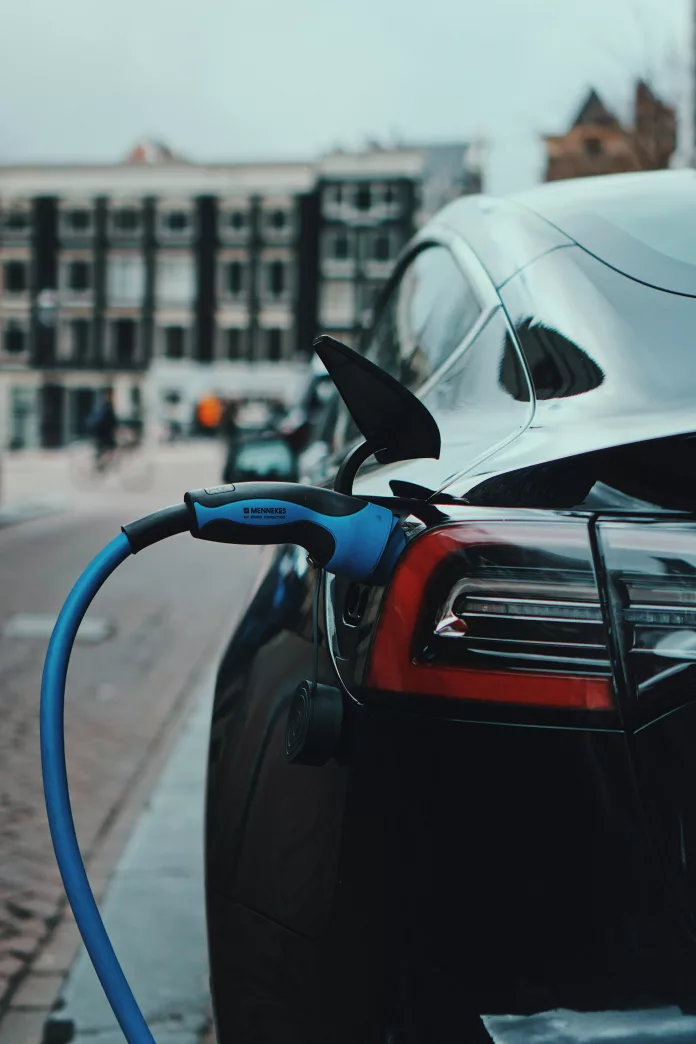The march of electric vehicles (EVs) is unstoppable, with predictions stating that over 20% of all cars sold this year will be electric. This surge in EV adoption is a central theme in the International Energy Agency’s (IEA) latest report, which foresees an electrified future reshaping the automotive industry and reducing our reliance on oil.
Robust Growth in Global EV Market
According to the IEA’s Global EV Outlook, we’re on the verge of a record-breaking year for EVs, with sales estimated to hit 17 million by 2024. A remarkable first quarter showed a 25% growth compared to the previous year, indicating a robust trend in the EV market. This growth mirrors the previous year’s total EV sales, highlighting the sector’s accelerating pace.
Regional Perspectives on Electric Car Sales
China is spearheading the electric revolution, with an astonishing projection of 10 million electric car sales by 2024, nearly half of all its car sales. Across the Atlantic, the US market is also quickly adapting, with electric cars expected to make up around 11% of total car sales. Despite the subsidies phase-out and a softer market for passenger cars in Europe, EVs are set to capture a quarter of the market there.
The backdrop to this growth was a stellar 2023 when EVs soared by 35% to reach almost 14 million sales globally. Notably, this spike wasn’t confined to the usual front-runners; emerging markets such as Vietnam and Thailand also saw substantial uptake, with EVs making up a significant share of their sales.
The Next Phase of EV Growth
Fatih Birol, IEA executive director, underscored the continuing momentum within the electric car arena. The growing wave of investment in battery production indicates that the industry is gearing up to meet the soaring demand for electric vehicles. The prevalence of EVs on the road is forecasted to skyrocket, with nearly a third of all cars in China and one fifth in both the US and Europe projected to be electric by 2030.
Price competitiveness is also tipping the scales in favor of EVs, especially in China, where over 60% of electric cars sold in 2023 were more cost-effective than their gasoline counterparts. With prices expected to decrease further, aided by intensified competition and advancements in battery technology, even more consumers worldwide are likely to make the switch.
The Charging Infrastructure Challenge
A crucial factor for sustaining this EV expansion is the development of adequate public charging infrastructure. With a 40% increase in the number of public chargers in 2023 alone, and DC fast chargers outpacing slower options, the groundwork is being laid for a broader EV adoption. Nonetheless, the IEA cautions that a sixfold increase in charging networks is required by 2035 to keep pace with government targets and to avoid overloading the power grids, emphasizing the need for ongoing policy support and smart planning.
The momentum behind EVs is evident. The automotive landscape is evolving rapidly, with electric vehicles increasingly positioned at the forefront. This transformation signals profound changes ahead for both the car industry and our energy systems, marking a pivotal shift towards a more sustainable and electrified world.


























